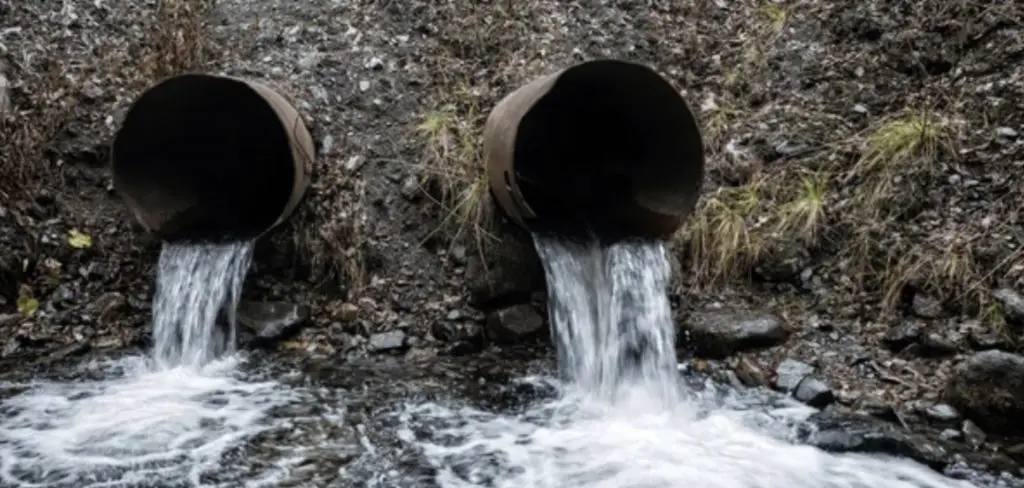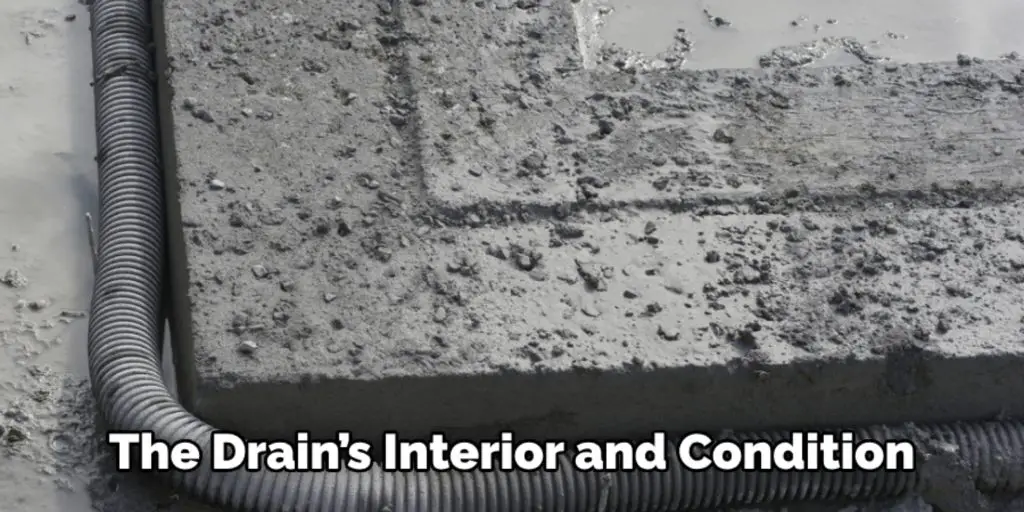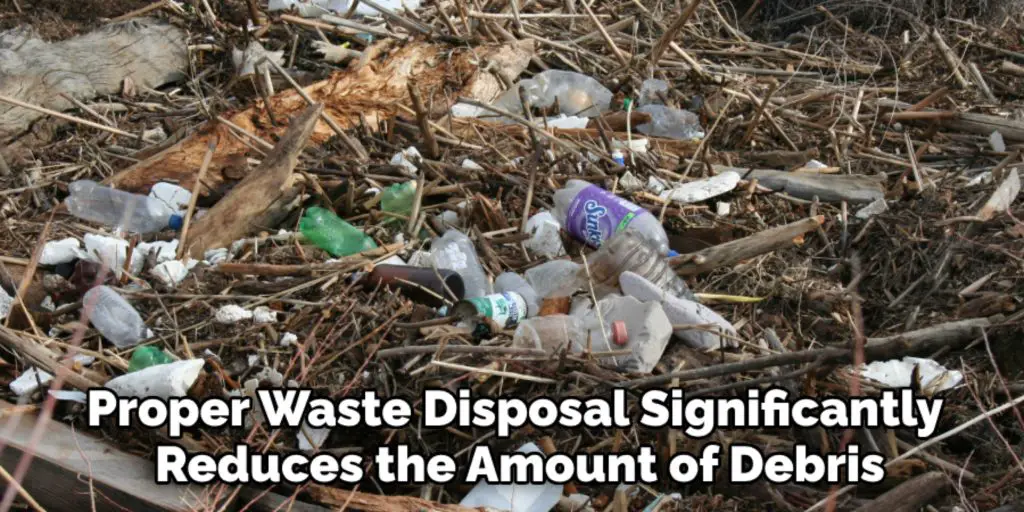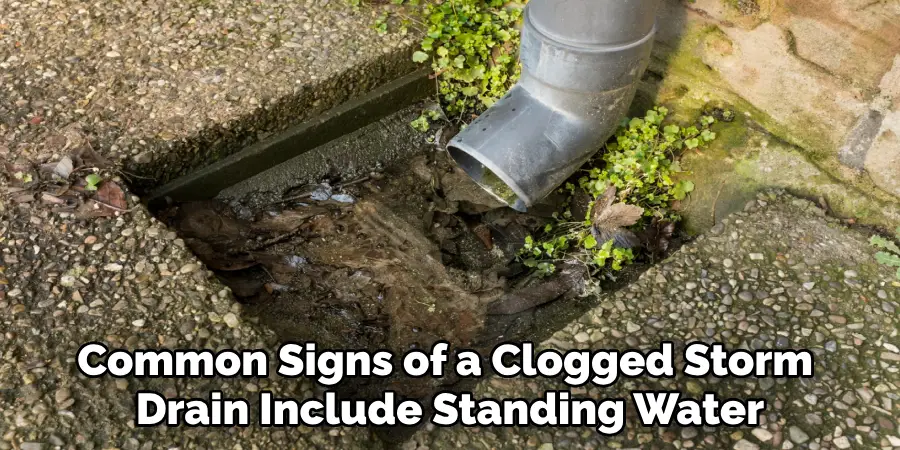Storm drains play an essential role in managing rainwater and preventing flooding in urban areas, making their cleanliness and functionality paramount. Cleaning storm drains is crucial to ensure that they operate effectively, as clogged drains can lead to severe issues, including flooding, increased water pollution, and potential damage to nearby properties and infrastructure.

When debris, trash, and sediment accumulate, they obstruct the flow of water, which can result in hazardous situations during heavy rainfall. This article aims to inform readers on how to clean storm drains effectively, outlining various methods and steps to maintain these systems.
From manual cleaning techniques to pressure washers and specialized tools, each method has unique benefits in addressing clogs. By understanding the importance of regular maintenance and proper cleaning methods, individuals can contribute to their community’s safety and well-being, thus minimizing the negative impact of stormwater on the environment.
Understanding Storm Drains
What Are Storm Drains?
Storm drains are essential systems engineered to manage rainwater and surface runoff, effectively preventing flooding in urban environments. These drains channel excess water from streets, parking lots, and other surfaces to designated drainage areas or waterways.
Storm drains play a crucial role in maintaining infrastructure integrity and reducing the risk of water accumulation that can lead to dangerous conditions, property damage, and erosion by facilitating the quick movement of water away from vulnerable locations. Their design ensures that even during heavy rainfall, urban areas remain functional and accessible, safeguarding public safety and health.
Common Causes of Clogs
Storm drains are susceptible to blockages caused by debris and waste. Leaves, twigs, litter, and other materials can easily accumulate and obstruct water flow, leading to ineffective drainage and potential overflows. Additionally, sediment and silt can collect over time, further exacerbating clogs.
As rainwater washes through these materials, it can compact and form barriers, restricting water movement and increasing the likelihood of flooding. Understanding the common causes of these blockages is vital to implementing preventative measures and ensuring that storm drains function efficiently.
Initial Inspection and Preparation
Step 1: Inspect the Storm Drain
- How to Do It: Begin by examining the storm drain cover and the surrounding area for any visible debris or indications of clogging. Use a flashlight to illuminate the area, allowing for a closer inspection of the drain’s interior and condition. Look for items like leaves, sticks, litter, or sediment that might contribute to blockages.
- Why It’s Important: Identifying the type and extent of the blockage is crucial in determining the appropriate cleaning method to use. A thorough inspection informs not only what tools and techniques will be most effective but also if professional assistance might be necessary.

Step 2: Prepare the Work Area
- How to Do It: Prior to starting any cleaning work, clear the area around the storm drain of any obstacles, such as furniture, lawn decorations, or trash. Ensure you are equipped with gloves, safety glasses, and other appropriate protective gear to safeguard against injury and exposure to contaminants.
- Why It’s Important: Proper work area preparation enhances efficiency during the cleaning process and helps prevent accidents. A clutter-free zone allows for easier access to the drain and ensures that you can operate your tools safely and effectively, leading to a more successful cleaning session.
How to Clean Storm Drain: Methods for Cleaning a Storm Drain
Step 1: Manual Cleaning
- How to Do It: Begin by removing the storm drain cover, which typically can be lifted off with minimal effort. Using a scoop or shovel, manually remove any visible debris, such as leaves, twigs, litter, and dirt accumulated within the drain. Be sure to collect and dispose of all the material properly in a designated waste or recycling bin to prevent further clogging. Additionally, once the surface debris is cleared, inspect the interior walls of the drain for any stubborn residue or compacted materials that may need attention.
- Why It’s Effective: Manual cleaning is highly effective for quickly clearing visible debris and preventing future blockages. It allows for immediate visual assessment of the drain’s condition, ensuring any issues can be addressed immediately. Regular manual cleaning contributes to the overall health of the storm drain system, enabling optimal water flow and reducing the risk of flooding during heavy rainfall.
Step 2: Use a Pressure Washer
- How to Do It: If manual cleaning does not resolve the issue, the next step is to utilize a pressure washer. First, select a suitable nozzle attachment for optimal water spraying experience. Position the nozzle into the storm drain, ensuring a secure fit, and activate the pressure washer. Direct the high-pressure stream of water toward the walls of the drain to wash away stubborn debris, mud, and silt that may have settled. Continue this process, moving the nozzle around to cover all areas within the drain for an effective clean.
- Why It’s Effective: A pressure washer is particularly useful for dislodging and removing debris and silt that may have compacted within the storm drain. The force of the water can reach areas that might be out of reach with manual tools, ensuring a more thorough clean. This method enhances the drain’s functionality and helps extend the intervals between necessary cleanings.

Step 3: Use a Drain Cleaning Tool
- How to Do It: A specialized drain cleaning tool should be employed for deeper blockages that persist even after manual cleaning and pressure washing. Commonly used tools include a plumber’s snake or a drain auger. Insert the tool into the storm drain, gently twisting and pushing it down the pipe. As you advance the tool, it should break up any clogs and pull back debris as it works through the blockage. Continue manipulating the drain tool until you feel the blockage dissipate, and then carefully remove it from the drain.
- Why It’s Effective: Drain cleaning tools are specifically designed to access deeper sections of pipes and effectively clear more severe clogs that other methods may not address. They maximize cleaning efficiency by reaching under layers of debris, providing a thorough cleaning, and restoring proper flow within the storm drain system. This method is especially vital for maintaining the longevity and effectiveness of storm drains and preventing future water accumulation problems.
Preventing Future Clogs
Regular Maintenance
- How to Do It: Schedule regular inspections and cleanings of storm drains to prevent debris buildup. During these checks, make sure to remove any visible debris and monitor the drain’s overall condition. Keeping a maintenance log can also be helpful to track any recurring issues.
- Why It’s Important: Regular maintenance ensures that storm drains function properly and efficiently. By proactively addressing minor blockages before they escalate, you can significantly reduce the risk of major clogs and system failures during heavy rainfall or storms.
Proper Waste Disposal
- How to Do It: Litter and other waste must be properly disposed of and not thrown into or near storm drains. Encourage the use of designated trash and recycling bins, and consider organizing community clean-up events to promote awareness.
- Why It’s Important: Proper waste disposal significantly reduces the amount of debris that can end up in storm drains. By managing waste responsibly, you help prevent clogs from forming, thereby maintaining the drainage system’s integrity and promoting overall environmental health.

When to Call a Professional
Severe Blockages
- What to Do: If blockages are severe or if manual and basic cleaning methods are not effective, it is essential to consult a professional drain cleaning service. They possess the expertise and specialized equipment to safely and efficiently handle stubborn clogs. Attempting to tackle a severe blockage without the proper tools could lead to further damage or injury.
Complex Issues
- What to Do: For issues involving significant damage to the storm drain system or complex clogs, seeking professional assistance is crucial. Professionals can perform thorough inspections using advanced techniques such as video camera assessments, allowing them to identify the root cause of the problem. Their expertise ensures that any necessary repairs are completed effectively, restoring the storm drain’s functionality and preventing future complications.
Frequently Asked Questions (FAQs)
1. How Often Should Storm Drains Be Cleaned?
It is recommended to clean storm drains at least twice a year, ideally before and after the rainy season. However, the frequency may increase based on local conditions, such as heavy foliage or urban litter, which can lead to faster debris buildup.
2. What Can I Do to Help Maintain Storm Drains in My Area?
You can help by participating in community clean-up events, properly disposing of waste, and reporting any visible blockages or issues to local authorities. Encouraging others to keep debris away from storm drains can also contribute to maintaining their efficiency.
3. What Signs Indicate that A Storm Drain Is Clogged?
Common signs of a clogged storm drain include standing water in the street or around the drain, unpleasant odors, and increased mosquito activity in stagnant water. If you notice any of these signs, it is important to take action promptly to prevent more serious issues.

Conclusion
In summary, learning how to clean storm drain systems effectively involves a combination of methods, including manual cleaning to remove surface debris, using a pressure washer for stubborn silt, and employing specialized drain cleaning tools for deeper clogs.
Each method is critical in maintaining optimal water flow and preventing flooding during heavy rainfall. Moreover, regular maintenance and proper waste disposal cannot be overstated, as these proactive measures significantly reduce the risk of future clogs. To ensure the longevity and functionality of storm drains, it’s essential to remain vigilant.
For those facing more serious issues, seeking professional assistance is highly advised. Taking these steps will protect the storm drainage system and contribute positively to the environment and community well-being.
